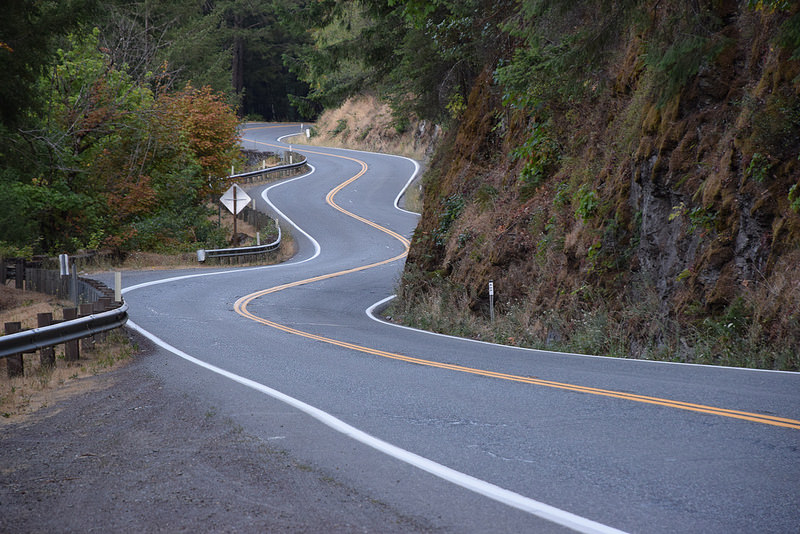Road trips are no doubt the stuff of legends among families everywhere, from those living in the pristine suburbs of the East Coast to those on the frontier in the dusty badlands of the West. And it’s not just an American thing—road trips have a special place in hearts across the globe. Those long drives filled with laughter, scenery, and endless “Are we there yet?” moments.
But let’s be real. As much fun as these trips are, they come with certain challenges—you know, those types that leave you cussing under your breath, wishing you all had never left home. This is even more profound when safety is involved, hence the need to prepare ahead and travel smart, especially with your little ones. Here are some proven tips to keep you in the clear:
1. Pre-Trip Vehicle Inspection
Road trips typically involve extended driving periods, especially in rural areas with fewer or no gas stations or repair shops across several miles. It’s even more terrifying if you own an older automobile that is ill-equipped to take on such exhausting journeys as you don’t want to be stranded in the middle of nowhere with your family and no decent signal strength to call for help.
So give your vehicle a thorough check-up before you hit the highway. Start with the basics: your tire pressure and tread depth—bald tires and long stretches of highway don’t mix well. In fact, the National Highway Traffic Safety Administration (NHTSA) has it that 11,000 road accidents recorded annually occur due to tire-related crashes.
What about your brakes? Be sure they are in good shape—no grinding noises and definitely no smoke when you hit them. Also, check for proper fluid levels and top off if needed. Oil and coolant levels should be okay, too. If you’ve racked up over 5,000 miles since your last oil change, consider getting a fresh batch.
Inspect the fluid pump, transmission, and radiator for leaks as these could do numbers to your metal buddy and set you back by thousands of dollars if not addressed immediately. While giving that a go, test your lights, signals, and wipers as well to be sure they work. Among everything else, carry an emergency kit comprising a spare tire, a jack, jumper cables, and first-aid supplies.
2. Plan Your Route
A good road trip is all about the journey, but is getting lost part of the fun? Absolutely not! So before you even think about loading up the car, sit down and map out your course. Sure, GPS is great, but what happens when you hit those dead zones with no signal and your phone can’t save the day? A good old-fashioned paper map or a printed route then becomes a lifesaver.
Plot your stops beforehand—whether it’s for food, fuel, or just to stretch your legs. Traveling with kids? Be extra strategic. Those rest stops will become your best friend when they start getting restless. If there will be overnight stays, research hotels, motels, and guest houses along your route to find something that fits your preference and budget. If you need to verify someone’s identity or check a phone number, use a specialized service to ensure the person you’re dealing with is who they claim to be.
Also, give yourself some wiggle room in the schedule. Unexpected detours or pit stops happen, and it’s counterproductive to feel rushed, especially when the goal here is to arrive safely, not fatigued. Have a list of emergency contacts and know how to quickly find contact information if needed.
3. Pack Smart
Believe it or not, you are on a mini-move when road-tripping, but it still pays to stick to the good ol’ less-is-more approach. You can do this by packing only what is absolutely necessary as overloading your vehicle with too much luggage cramps your space and messes with the car’s balance and fuel efficiency. Think of it this way: your car is like a marathon runner—give it a lighter load, and it’ll go the distance much better.
Besides, loose items become dangerous projectiles in the event of a sudden stop or collision. Make sure all luggage is properly stored, either in the trunk or secured with seatbelts—the heavier items sitting low and the lighter ones on top and toward the center of the vehicle to maintain stability. If you’re strapping things on the roof, double-check that everything is secure because the last thing you need is your luggage flying off on the freeway.
Your essentials? A flashlight, blankets, chargers for your gadgets, and a few tools. Throw in some snacks, drinks, and entertainment for the kids as well.
4. Buckle Up
An obvious point but worth repeating—always wear your seatbelt. This seemingly undermined safety feature has saved an estimated 374,276 lives from 1975-2017, and counting. In 2018 alone, it saved roughly 15,000 lives, and according to a report has been shown to reduce the risk of death in a crash by 45% for front-seat passengers.
Yes, seatbelts are uncomfortable at times. However, don’t let your personal comfort interfere with your safety. This is not an option but a must, even for the young ones who should be securely buckled into age-appropriate car seats or boosters with the child locks activated as per state laws.
5. Take Breaks and Stops
Fatigue is a major cause of road accidents, especially during long trips. The U.S. recorded one of the highest crashes in 2013 in the ballpark of 72,000 due to drowsy driving, out of which 44,000 injuries and 800 deaths resulted. Drivers get worse at detecting traffic hazards when they are sleepy, which puts their lives and those of others at risk.
There’s so much activity your body can take before it caves in, and driving is no different. If your journey stretches to a couple of days or more, give yourself regular breaks. Even if it’s just a quick ten-minute stop to stretch your limbs or enjoy the scenery. Take advantage of those pull-offs and designated rest stops.
6. Avoid Distracted Driving
Distraction is another cause of road accidents. Whether it’s texting, eating, or fiddling with the infotainment system, the list goes on, it takes your focus off the road for just a split second—long enough to run over a cyclist or crash into a guardrail. To keep safe, stay focused on the road. If you need to make or receive a call, pull over.
7. Mind the Weather
Avoid driving through severe weather as it can significantly impair your visibility; you’ll without a doubt be lucky to see more than a few feet ahead. So as a safety precaution, check the local forecast for the duration of your trip and act accordingly. Take note of different types of rain and snow conditions as each calls for different driving techniques, from driving slower to shifting gears.
If the condition is treacherous enough, pull over at a safe spot and rest. If you have to leave, do so in the daytime, preferably when the sun is out.
In Conclusion
Road trips offer some of the best bonding and memorable opportunities for families. They ideally begin with a safety-driven plan and end with a good laugh. In between you’ll discover the unexpected, from your family’s strengths to some of the country’s best-kept secrets. So buckle up, follow these tips, and make your travel experience a safe one.

